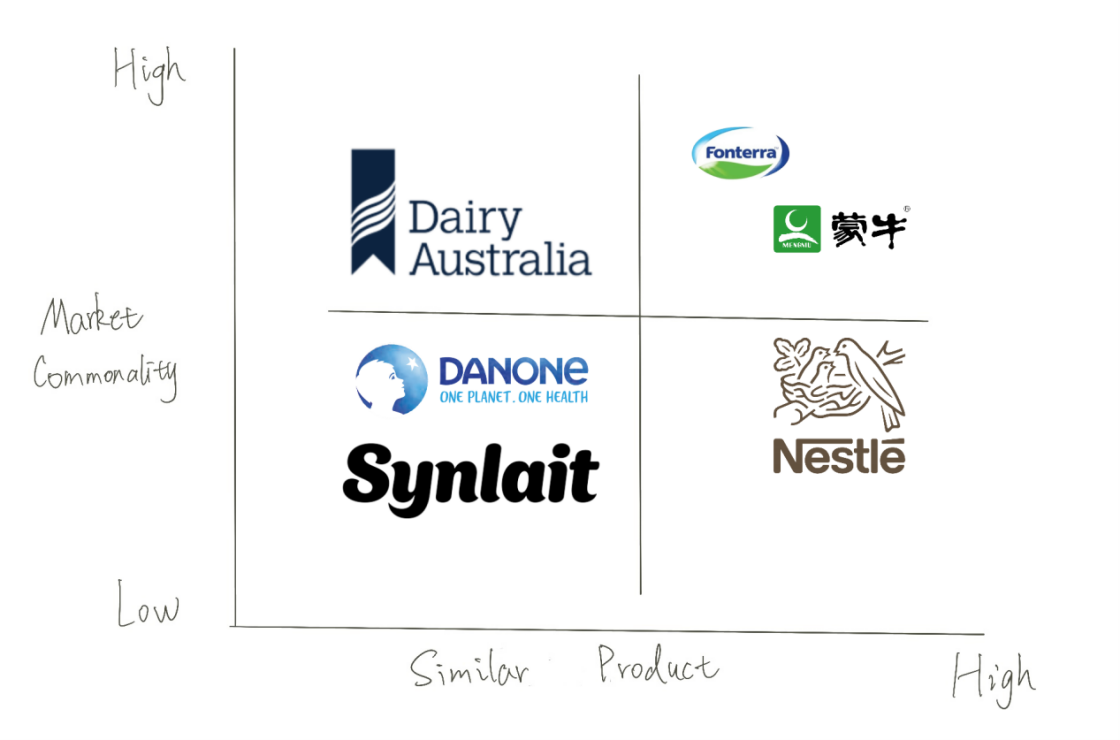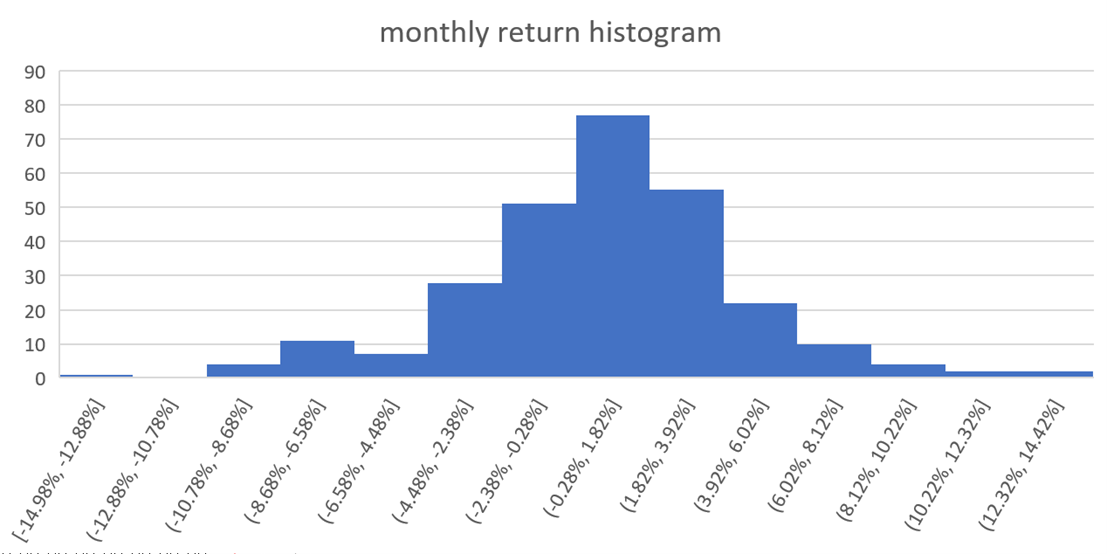

Volume 3
Published on February 2024The Bangladesh Agreement was signed in 2013. This article revisits the Bangladesh Accord on its tenth anniversary and explores how lessons from the Bangladesh Accord reveal the profound impact of governance gaps on contemporary employment relations. Today, with the globalization of economic activities and the further intensification of governance gaps, it is very meaningful to explore the impact of governance gaps on employment relations. This article explores how governance gaps impact employment relations by examining the implementation and outcomes of the Bangladesh Accord. and further considers the limitations of the impact of private governance on transnational employment relationships. Ultimately, this article believes that the impact of governance gaps on employment relations is powerful and inevitable, and even effective private governance appears to be so vulnerable in the face of governance gaps.

 View pdf
View pdf



In the Chinese market, Fonterra faces fierce competition with competitors such as Mengniu, especially with the increasing demand for functional, personalized, and healthy products. In response to the challenge of product line similarity, Fonterra should adopt a diversified product portfolio strategy and continue to launch new products, including special functional ingredients, personalized flavors, and innovative products that meet health needs. By reducing reliance on a single product, the company can reduce the impact of market volatility and increase its differentiation against competitors. This strategy will appeal to a wider consumer base, enhance customer loyalty, and effectively mitigate the threat of substitutes. By constantly monitoring market dynamics and competitors' actions, as well as making regular adjustments to its product portfolio, Fonterra will be more flexible in adapting to changes in the marketplace, enhancing its competitiveness and meeting evolving consumer needs, laying a solid foundation for the Company's sustainable growth.

 View pdf
View pdf


Digital inclusive finance injects new vitality into the innovation of construction enterprises. Based on the data from six construction enterprises, namely China National Chemical Engineering Co., Ltd., China Railway Construction Corporation Limited, China Railway Group Limited, China State Construction Engineering Corporation (CSCEC), China Energy Engineering Corporation (CEEC), and China Communications Construction Company Limited (CCCC), from 2012 to 2021, this paper delves into the role of digital inclusive finance in fostering innovation within construction enterprises. The research findings demonstrate that digital inclusive finance not only significantly contributes to fostering innovation in construction enterprises but also exhibits sustainability. Finally, recommendations are proposed to promote the impact of digital inclusive finance on innovation in construction enterprises, encompassing aspects of policy formulation, corporate management, and financial institutions.

 View pdf
View pdf



This article investigates a unique dataset that includes detailed trading information of three countries’ stock indices from 2000 to 2022. First, to find that the stock markets of all three countries declined in 2008, due to the financial crisis at that time. Second, calculating the monthly rate of return of three countries and produce the annual portfolio performance outcomes that include returns, volatilities and Sharpe ratios. Third, calculating the maximum drawdowns, and further analyze the market risks of each country. Finally, combining multiple countries’ stock markets into one portfolio and showcase the portfolio optimization benefits.

 View pdf
View pdf


Countries may improve renewable energy support policies in the context of economic growth aims and supporting renewable energy development by examining the link between economic growth target(EGT)and renewable energy development(RED). This study explores the effects of economic growth objectives on the development of renewable energy sources and the moderating function of government-market interactions using panel data collected from 30 provinces between 2003 and 2019. The results show that the economic growth objective has an inverted U-shaped effect on the expansion of renewable energy, and all of these findings pass the significance test at the 1% level. The endogeneity and robustness tests are conducted using the one-stage lag approach for explanatory factors, replacement of explained variables, and instrumental variables. The findings indicate that the "inverted U-shaped" relationship between the goal of economic growth and the advancement of renewable energy is steady and that the lag will eventually shorten. Additionally, excessive economic growth can harm interactions between the government and the market, which would hinder the advancement of renewable energy.

 View pdf
View pdf


Starting from the decentralization during the reform and opening-up period in 1978, the growth of China's railroad has gone through the process of decentralization and then re-centralization, which is also one of the most special stages. The development process of CR Express is a epitome of the history of China's railroad development. Since its opening in 2011, its transportation volume has been showing a trend of steady growth. Since the epidemic, the China-Europe liner has ushered in a period of extremely rapid development. The fundamental reason for this is that the unexpected demand under the ad hoc situation has shaped the decentralized policy into a more state-led approach to developing the freight train operation. This paper will focus on this phenomenon, analyze the reasons for this trend from various aspects such as politics, economy, international situation, etc., and elaborate the challenges faced by the CR Express in the post epidemic era as well as the implications of this development process for China's infrastructure construction.

 View pdf
View pdf




